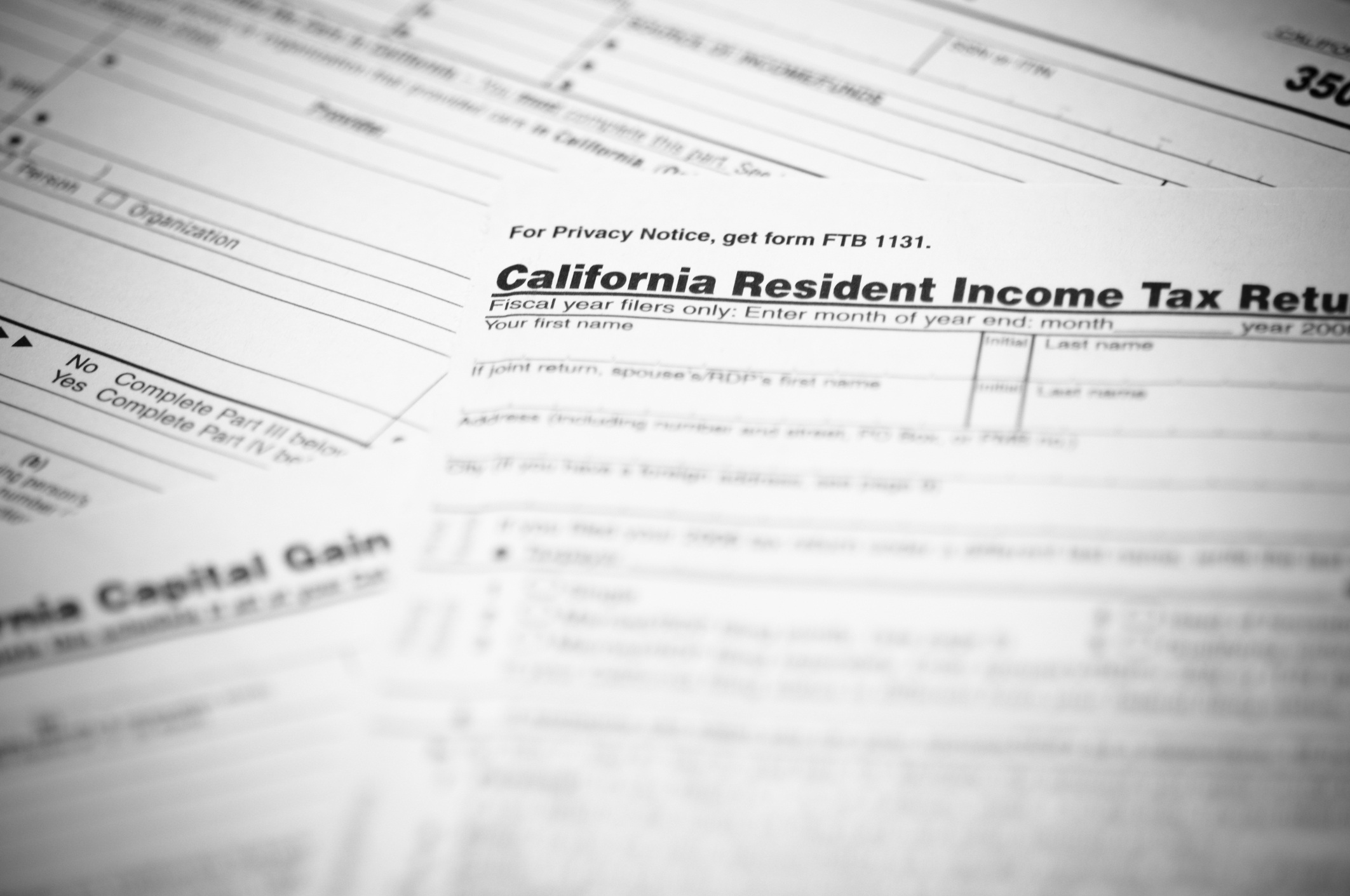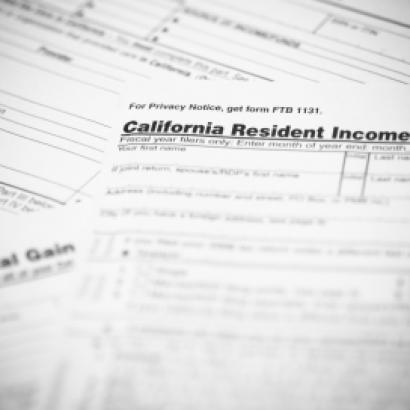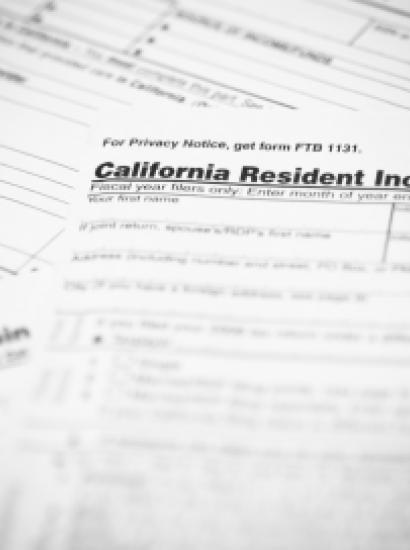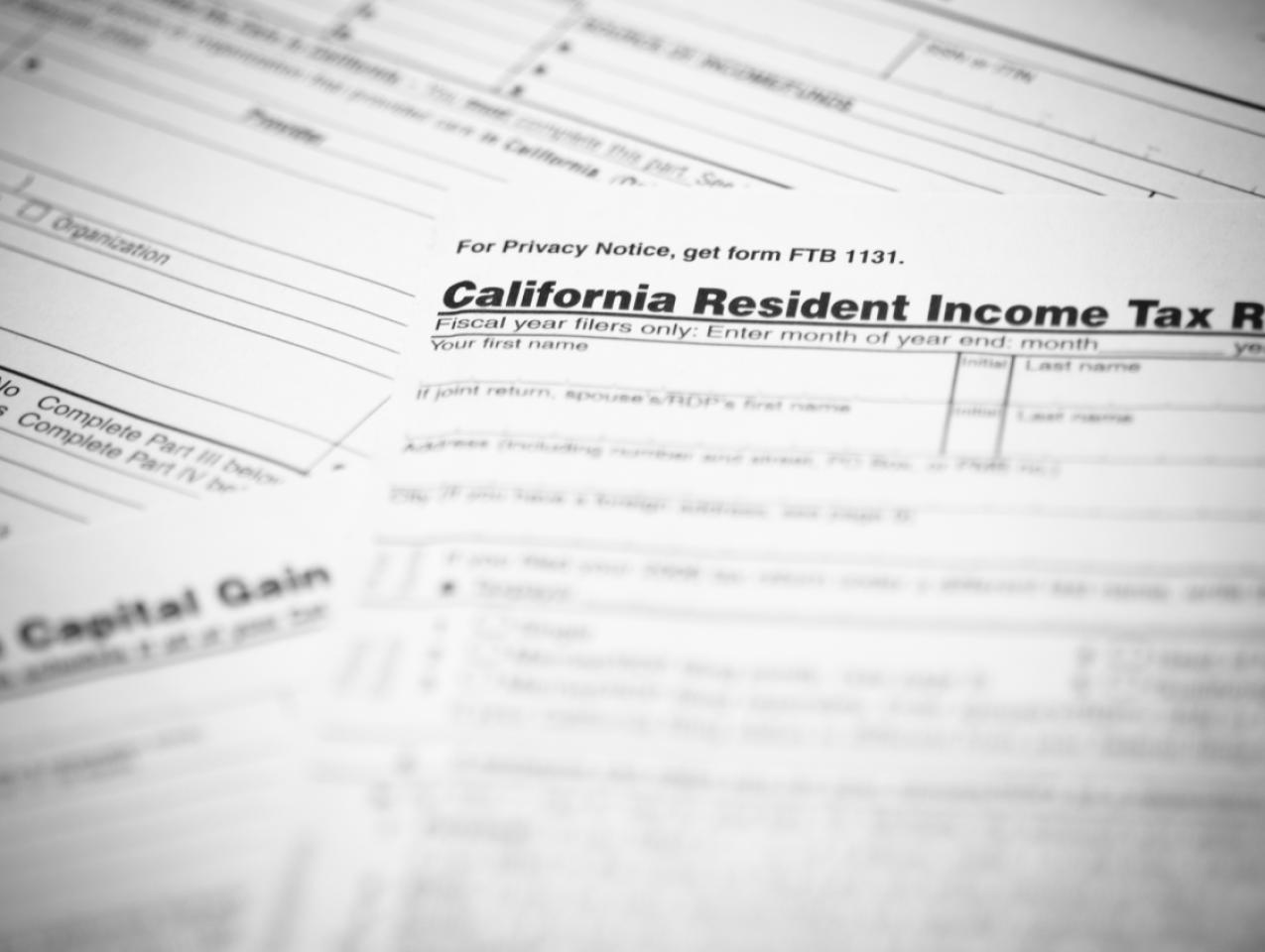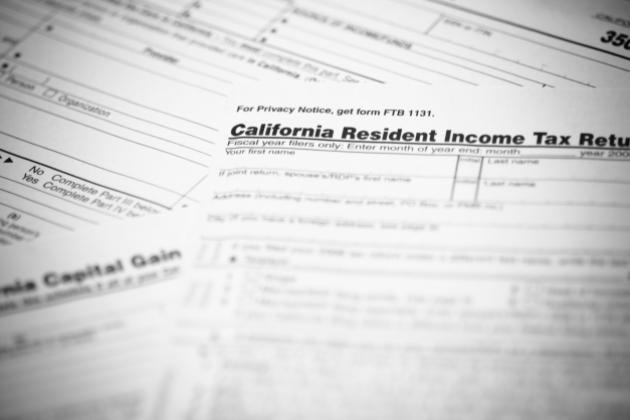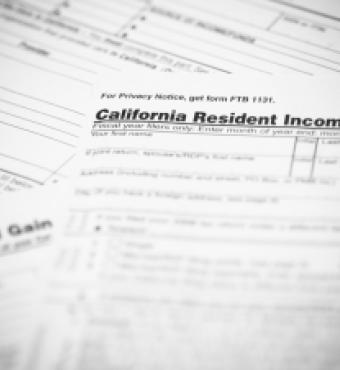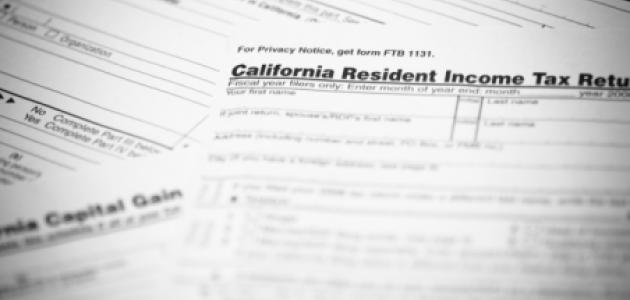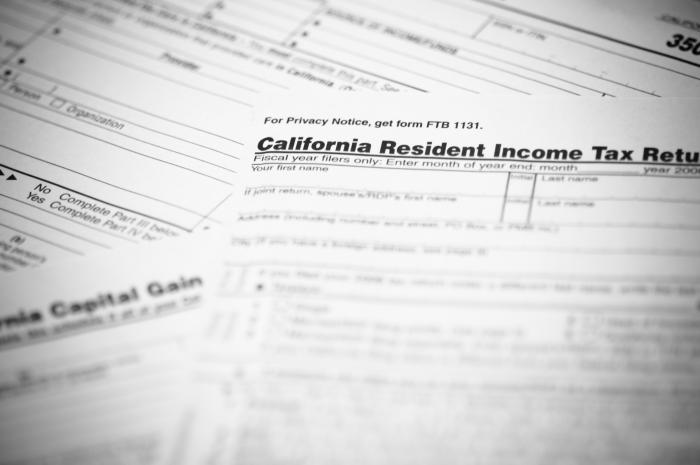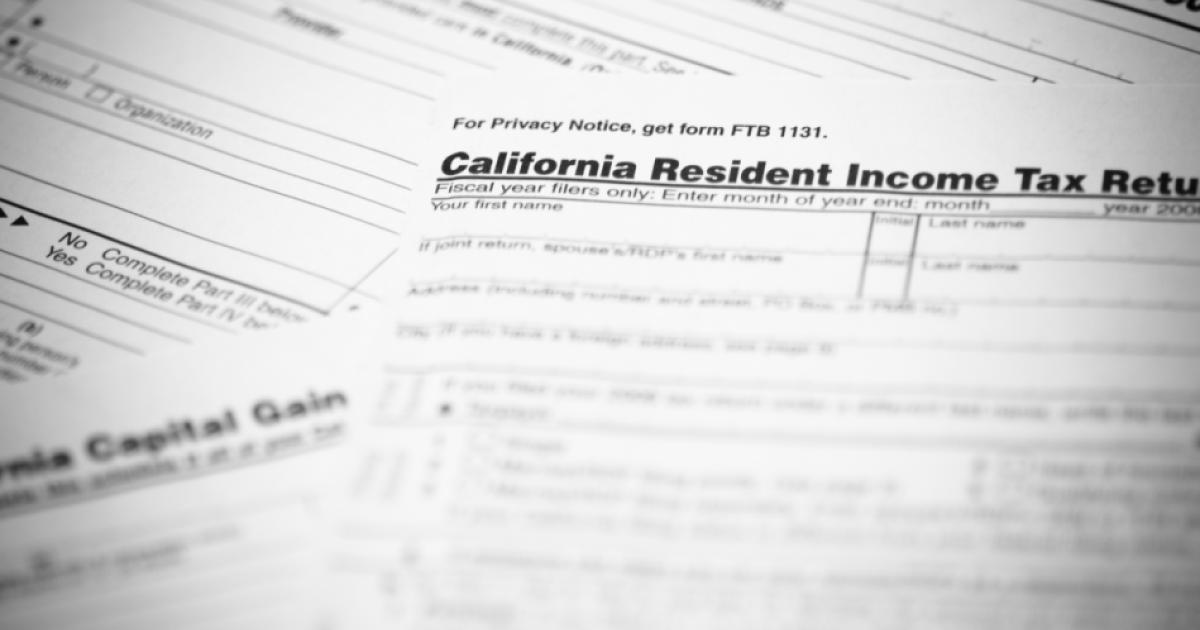- Politics, Institutions, and Public Opinion
- State & Local
- California
Soon before his presidency reached its 100-day mark, Donald Trump addressed a major campaign promise by offering his vision for tax reform. The Trump plan promises to cut rates, slash loopholes, and simplify the tax code. As more details of the plan emerge, however, the president will learn a lesson familiar to countless would-be reformers: tax reform is easy on paper and nearly impossible in reality.
On paper, loopholes are easily eliminated to finance pro-growth rate cuts. In reality, each loophole is a deduction or credit that, its recipients assure us, serves a noble social purpose. In the abstract, simplifying means less work for taxpayers but actually involves taking away the deductions and credits beloved by taxpayers.
This lesson is not unique to federal policy makers. For decades, Californians across the political spectrum have labored to fix the state’s burdensome tax code, with little success.
In 2009, then California governor Arnold Schwarzenegger assembled the Commission on the Twenty-First Century Economy. The Parsky Commission (named after its chairman, Southern California financier Gerald Parsky) proposed an overhaul to the tax system (Parsky discussed his experiences leading the commission in his previous Eureka article).
More recently, State Controller Betty Yee tasked her office’s Council of Economic Advisers on Tax Reform with identifying the principles that should guide comprehensive reforms to a tax code she labeled as “outdated, unfair, and unreliable.”
Despite these efforts, there seemingly is little appetite for reform in Sacramento. State lawmakers prefer special business tax breaks. At best, however, these provisions offer minor incentives for particular businesses to hire and invest. More likely, these tax breaks will only compound tax complexity and result in higher taxes for other businesses. The early returns from California’s new business incentives are mixed.
In 2013, the State Legislature established the California Competes tax credit to provide subsidies to businesses that promise to hire and invest in the state. In April 2017, General Motors received $8 million in promised tax savings from the credit. The automaker is not alone. Thus far, $492.5 million in California Competes tax credits have been awarded to nearly seven hundred businesses. The Governor’s Office for Business and Economic Development expects businesses that have received the credit to generate 70,000 new jobs and invest $14.4 billion.
Also in 2013 lawmakers added a tax credit to subsidize employers who hire workers in economically depressed areas. The New Employment Credit, however, has largely gone unnoticed by employers. Early estimates predicted employers would claim $91 million of the credit during the first two years. A preliminary report, however, finds business have been discouraged by the credit’s complexity and have only claimed $5.6 million.
The following year, lawmakers expanded the state’s Film and Television Tax Credit to provide $330 million in annual tax credits. The Legislative Analyst Office (LAO) found projects that received an earlier iteration of the state’s film credit spent $6 billion in the state. Although that amount far exceeds the $800 million in film credits awarded, the LAO estimated that one-quarter of the $6 billion would have been spent in California without the subsidies.
Evidence from other states suggests Californians should not expect these tax breaks to return large dividends. Businesses nationwide receive somewhere between $45 and $80 billion annually in state business incentives. Despite their widespread use, incentives typically fail to generate significant returns. A 2017 analysis by the Michigan-based Upjohn Institute for Employment Research, for example, found little relationship between state business incentives and unemployment levels or growth rates.
Perhaps California’s business incentives will outperform other states’ programs and deliver the promised jobs and investment. Nevertheless, even under the best-case scenario, the relatively small credits will do little to improve the state’s multitrillion-dollar economy. Rather than enacting more of these tax breaks, California lawmakers should finally admit that the tax system fails to meet the needs of today’s economy.
California’s tax system stifles economic growth with heavy tax burdens on business and investment income. The state’s top income tax rate is the highest in the nation, at 13.3 percent. Its 8.8 percent corporate tax rate is the eighth highest. California even assesses a minimum $800 annual tax on most businesses whether or not they earn a profit. Making matters worse, the code is rife with loopholes and tax breaks that add significant complexity to the code.
Meanwhile, the budget’s reliance on volatile revenue sources such as income and investment taxes inevitably leads to large deficits during economic downturns. Lawmakers have attempted to close these periodic deficits with higher tax rates, exacerbating the very tax policies that create budget instability and weaken California’s economy.
It is thus no surprise that a recent analysis by Ball State University’s Indiana Communities Institute found California’s business climate receives low marks from a variety of separate studies. Despite using different methods, the studies reach a similar conclusion: California’s policies, particularly its tax code, make it hard to hire and invest in California.
Defenders of the current tax code argue recent positive economic trends prove high taxes are not an impediment to growth. As evidence, they point to the state’s relatively strong employment gains over the last decade. State employment has risen by 8 percent since 2007, while national employment only increased by 5 percent.
California’s above average employment gains, however, are largely confined to Silicon Valley. Despite accounting for less than one-quarter of California workers, the Bay Area was responsible for over 45 percent of job gains during the last decade.
Pro-growth reform must be more than merely tax cuts. Historically, rate reductions have offered only temporary improvements. During Pete Wilson’s governorship in the 1990s, Californians benefited from a wave of growth-friendly tax cuts, but these provisions expired or were erased by subsequent legislation. Californians need lasting reforms, which requires changing the way the state taxes.
Although it failed to garner much political support, the Parsky Commission offered a blueprint for sustainable reforms. It proposed replacing the state’s corporate tax and its general purposes sales tax with a value-added tax (VAT). The new tax would be levied across a broad tax base, ensuring the state could raise sufficient revenues with low business tax rates (4 percent). The low rate and overall design of the VAT would improve incentives for businesses to invest in the state. Further, complicated tax provisions–such as business incentive tax credits–would no longer pollute the tax code.
From its tech-hub in Silicon Valley to its entertainment industry in Los Angeles, the Golden State has inherited many economic blessings. Its tax system, however, isn’t one of them. The state’s tax code impedes economic growth, leaving fewer opportunities for all Californians. Papering over the code’s failings with narrow tax breaks does not address these issues, rather it exacerbates them. Instead, lawmakers must overcome the political challenges inherent to any tax reform effort and finally pursue substantive changes to the tax system.

THE COLOSSUS OF THE COAST
We’ve talked about California’s economy in global terms. Now, let’s describe the giant in state terms. Texas (a $1.47 trillion GDP in 2015) and New York (a $1.26 trillion GDP) eat the Golden State’s highly regulated exhaust. California’s production is greater than that of the fifteen states west of the Mississippi River and north of the Texas-Arizona corridor. There’s also the colossus within the colossus: the stretch of enterprising land from Los Angeles to Long Beach. It’s $930.8 billion GDP–37.8 percent of California’s output–bests that of Washington and Philadelphia combined ($902 billion).
NOTE TO CALIFORNIA: DON’T MESS WITH TEXAS ON TAXES
Last December California governor Jerry Brown fired this salvo at Trump Energy Secretary and former Texas governor Rick Perry: “California is growing a hell of a lot faster than Texas, and we have more sun than you have oil.” Brown was right, based on 2015 job growth (3 percent for California, double the Texas rate). Where he’s on shakier ground is the friendlier climate. Although tax reform is a nonstarter in Sacramento, Austin lawmakers soon may ease property taxes and phase out the state franchise tax, which applies to business gross receipts. Let the nonpartisan Tax Foundation do the judging: its 2017 State Business Tax Climate Index ranks Texas fourteenth and California forty-eighth, ahead of only New York (forty-ninth) and New Jersey (fiftieth).







